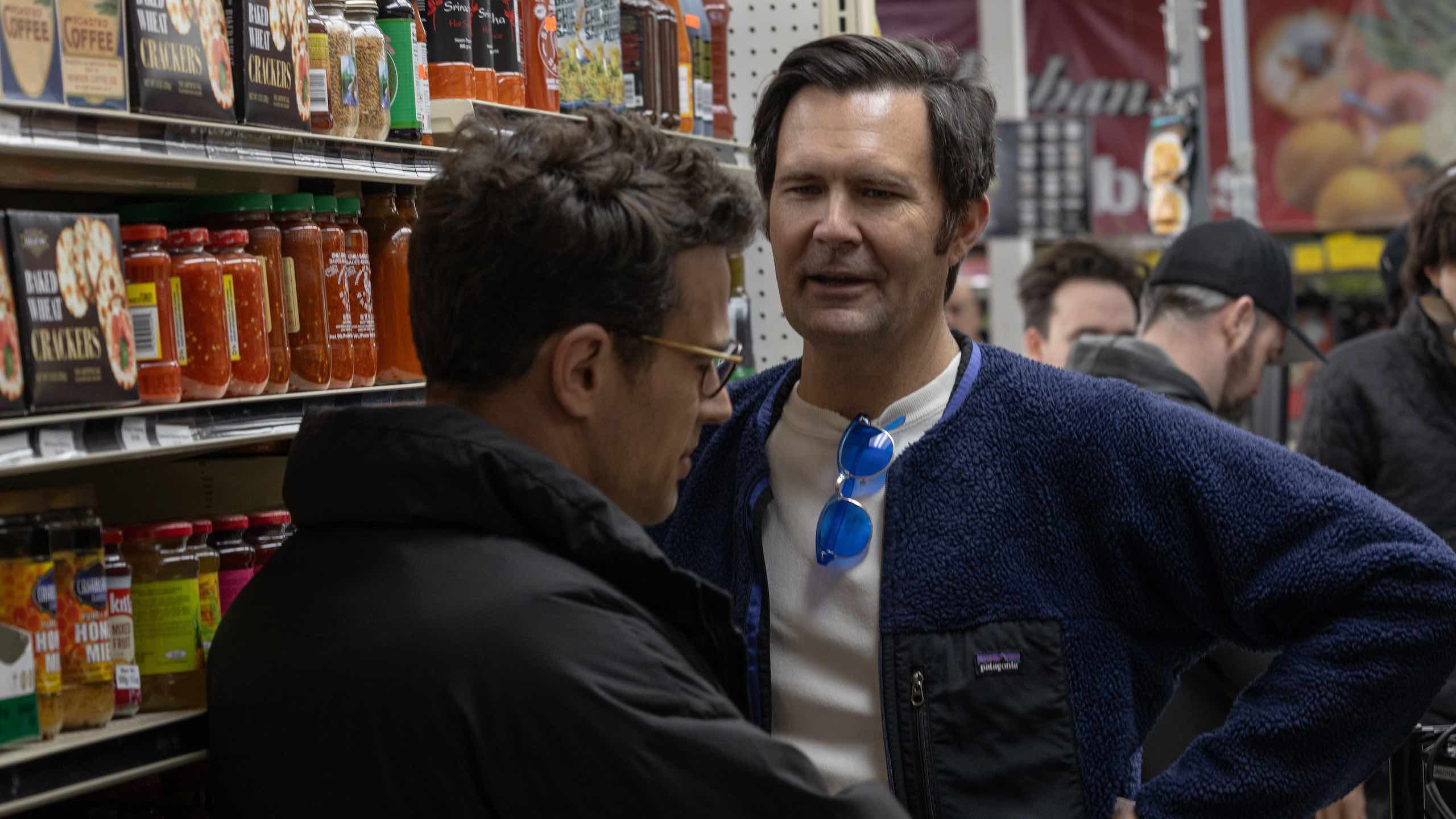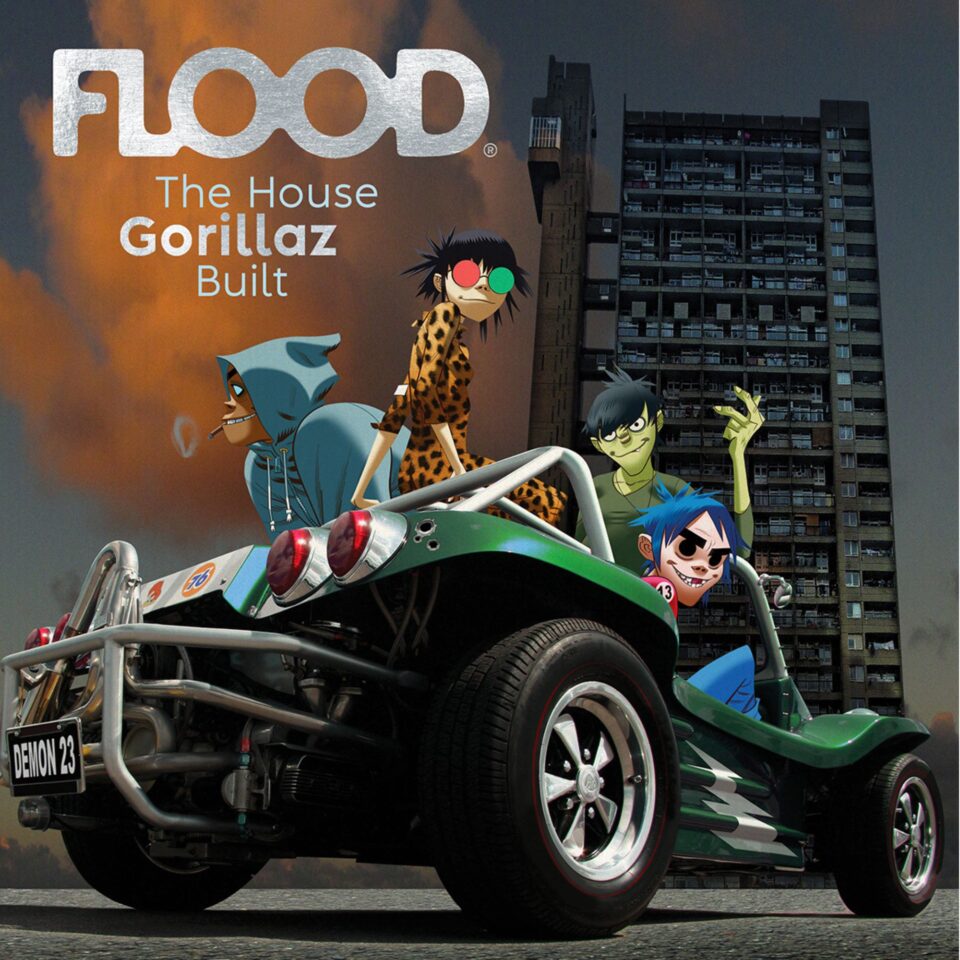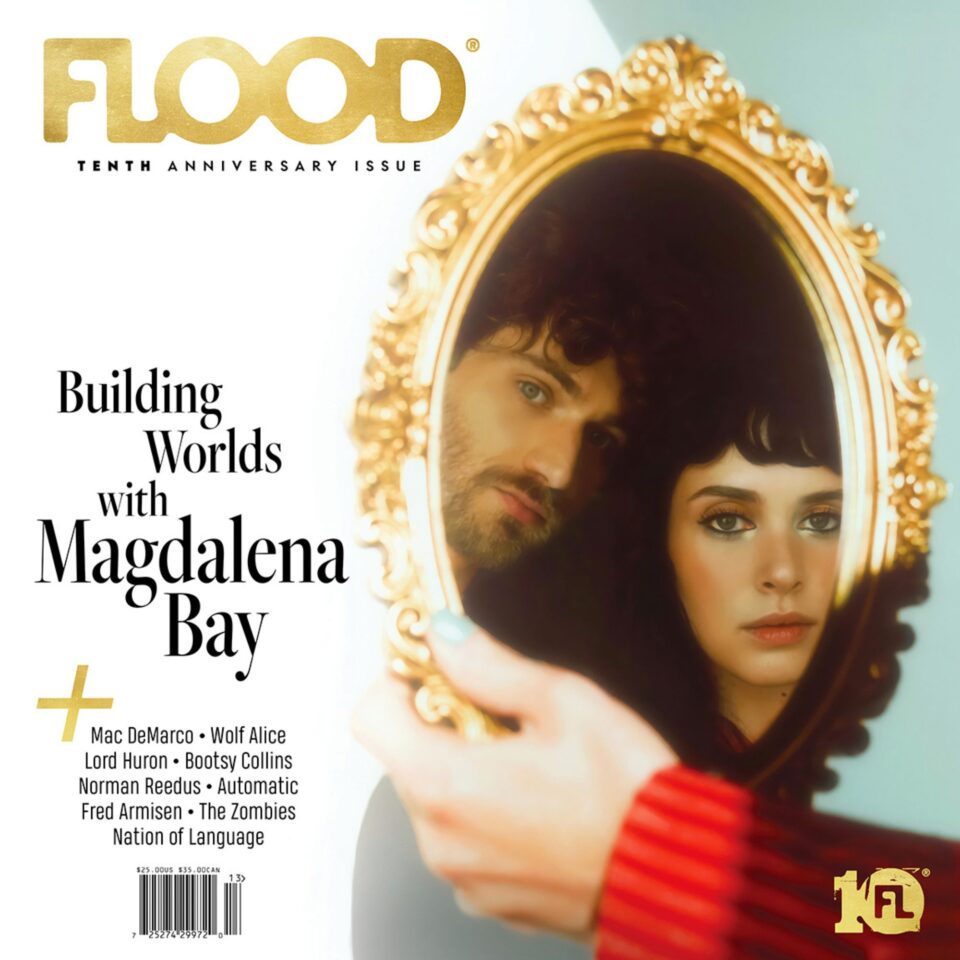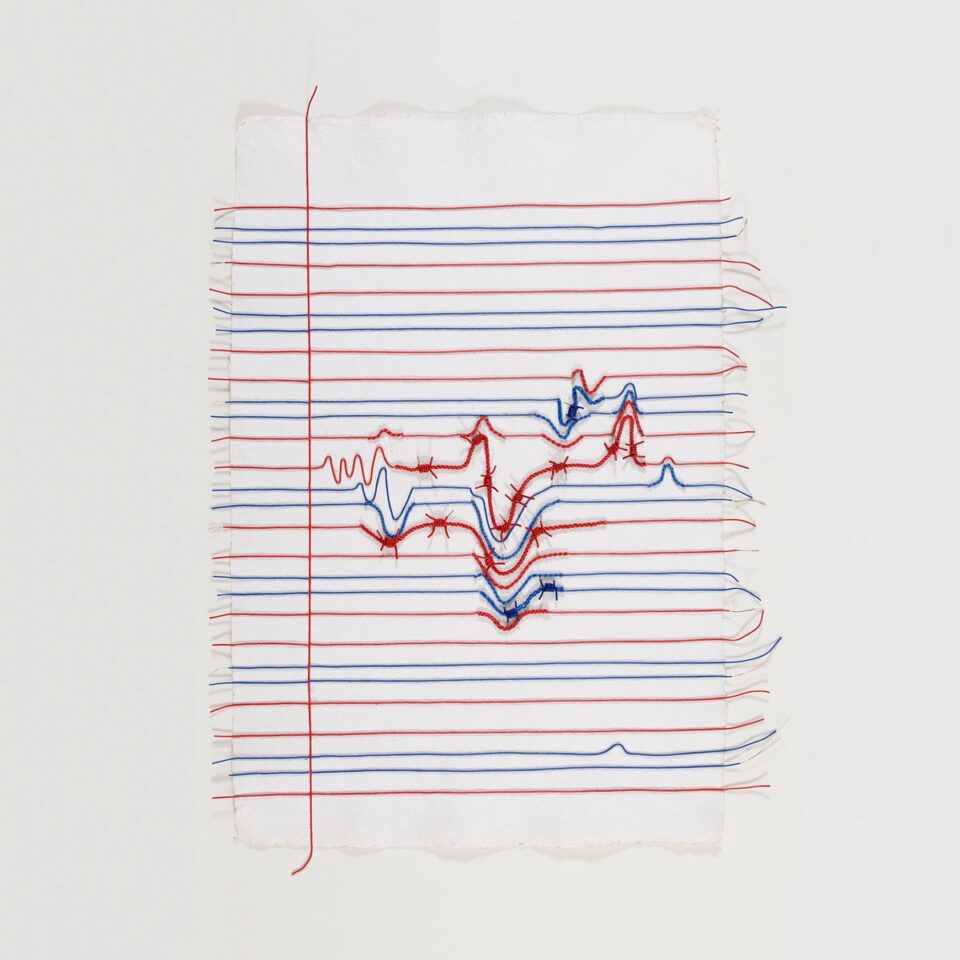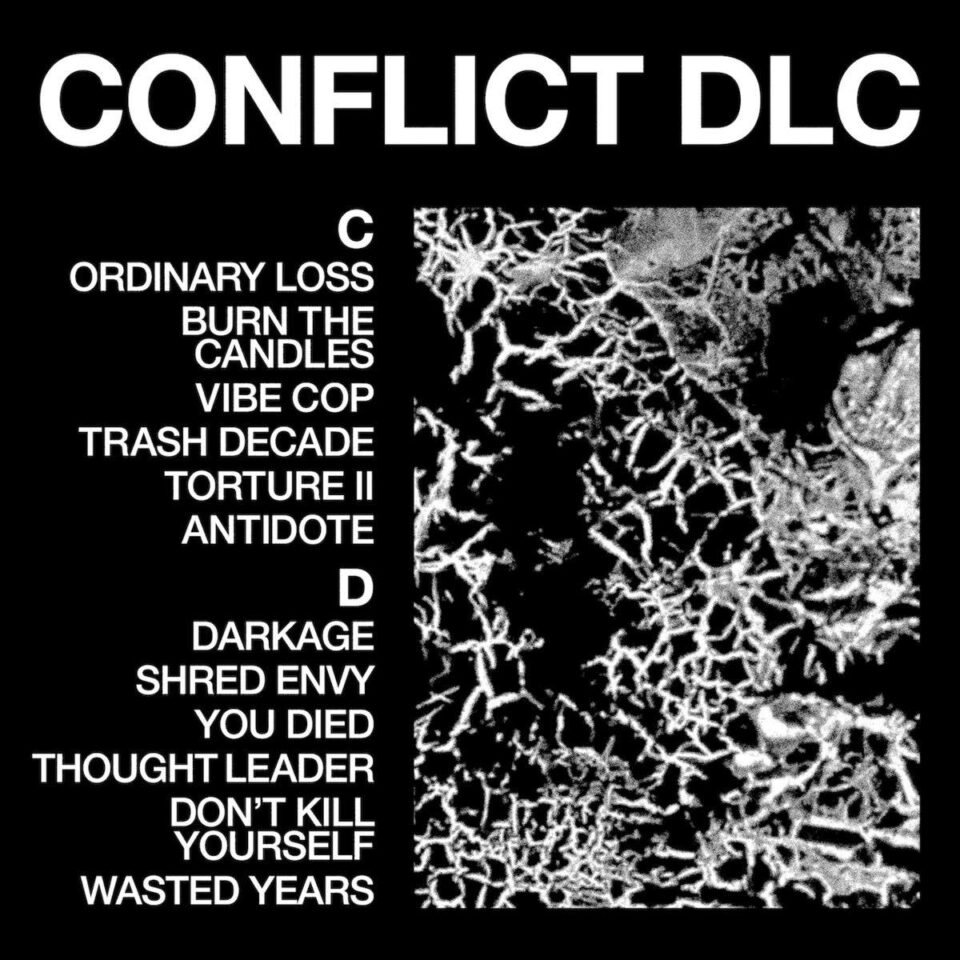After the success of Longlegs with Nicolas Cage last year, Osgood Perkins has gained a reputation as one of the leading horror filmmakers of the moment with his haunting movies that linger with the audience. He continues this hot streak into 2025 with The Monkey, an ultraviolent—yet hilarious—adaptation of Stephen King’s 1980 short story of the same name. The Monkey tells the story of twin kid brothers who find a mysterious wind-up monkey, which leads them to encounter a series of outrageous deaths which tear their family apart. Twenty-five years later, the monkey begins a new killing spree, forcing the estranged siblings to confront the cursed toy.
When the original script landed on Perkins’ desk, he didn’t immediately connect with its approach or tone, so he decided to rewrite it in his own distinct voice. He soon realized that the project was a “planetary” moment of fate, as he was able to bring his own pathos and personal tragedies to elevate the script to a deeper level.
With the film receiving a wide release this weekend, we spoke with Perkins about putting his own spin on the story, paying homage to the late David Lynch, and more.
What was it about The Monkey that attracted you to the script?
[The producers] had a script that they didn’t love, and it didn’t feel like it was working. I agreed with them. I read the script and I didn’t get it, so I threw it out and started over. What was lucky was that I was able to find a real, personal connection to the material, so it wasn’t just going to be some thin, pandering scary-toy movie—there’s enough of those. I found a way to make it about myself, my own experiences, my own losses in life and the tragedies that I’ve sustained, and the passage of that. Then, because I’m an older guy, I have a distance from certain events in my life where I was able to approach it with comedy, which felt like a better fit for a toy monkey.
I loved that there was no context behind the cursed monkey. Most horror movies would add a backstory and have an exorcism or something.
That was the idea that I latched onto early in my development that I really liked: the fact that the monkey doesn’t do anything. The monkey doesn’t jump on you and stab you in your eyeballs with its drumsticks. It’s not an attack monkey, it’s just a totem, an idol, a deity-like statue of a god. I connected it to the idea that these things might happen without the monkey. Crazy shit happened in my life, and there was no monkey around. The monkey is just a representation of the fact that things go crazy sometimes and everybody dies. That’s life. The fact that it has no mythology…there’s the mythology of living and dying. It doesn’t need to have been dug up from some hole in India or something.
It must have been a rare gem that you could bring your own pathos and personal tragedies into the script.
It’s the only way that I know how to do it. What has been the happy result of this is that we ended up with something that comes from the greatest author. It relies on a very recognizable image, yet has a quirky, individualized point of view. I think that’s a really magical combination that’s very rare, and I feel super fucking lucky that it aligned like that. That’s not up to me—that’s planetary, and I’ll just let it be.
“I was able to find a real, personal connection to the material, so it wasn’t just going to be some thin, pandering scary-toy movie—there’s enough of those.”
You mentioned the original script didn’t really work. Did it still have that comedy tone?
It wasn’t funny at all, it was super serious. It was meant to be somehow dramatic and scary, and I didn’t buy it. It didn't feel honest to me at all. It felt like someone was writing a movie.
It’s an adaptation, but you still need a distinct voice and to bring your own ideas.
Exactly. And I think [Stephen King] really appreciates that element, and that’s probably a big reason why he signed off on the movie and approved and praised it. He’s seen that I’ve gone a level deeper and brought my own personal thing to it.
What were your conversations with Stephen King like?
I’ve never had one! Very seldom do you interact with the man himself. He’s been there and done that and is so smart and so experienced with how this thing goes that he can smell bullshit from a long mile away. If he doesn’t smell it, and smells something smart and intelligent [instead], he lets it ride. But recently he tweeted that he really likes the movie, so I’m satisfied.
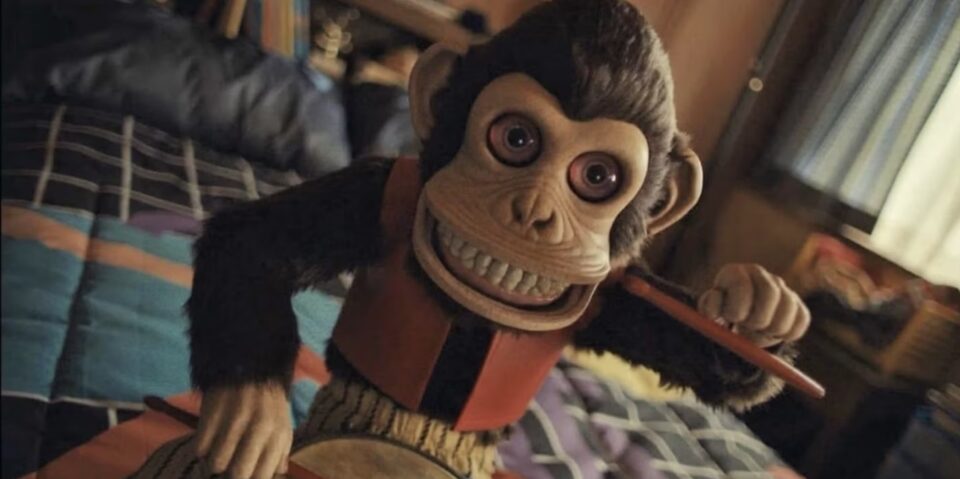
What’s it like to step into his world as a director?
I tried not to overemphasize wanting to live up to anything. I felt good and confident about the little niche that I’d found for it, the connective truth that everybody dies and that’s life. That simple little turn of phrase was enough to hang everything on, and I understood the tone from that. I didn’t worry about predecessors or other movies like it. I felt like the movie held itself together, so we just went.
Music is an important feature in many Stephen King adaptations. What was your approach to the soundtrack?
Music is always the first thing for me—the gateway to the theme or the feeling or the image. For whatever reason, when I was first developing it, I placed the movie in the ’50s because it felt like Stand By Me and I wanted it to feel like a Stephen King thing. But then if it was the ’50s and ’80s, then it felt like It or Stranger Things, so I got out of there. But by this time I had all of this ’50s music—which, of course, I love. All of that came from American Werewolf in London, which starts and ends with “Blue Moon”—two different versions of it. That opening title sequence of [John] Landis’ movie with “Blue Moon” was perfect.
“It relies on a very recognizable image, yet has a quirky, individualized point of view... I feel super fucking lucky that it aligned like that. That’s not up to me—that’s planetary, and I’ll just let it be.”
What’s the impact of comedy in horror?
It feels like it’s one of those lucky things: right place, right time. I feel like this is the movie that people appreciate now. I saw it with an audience in Los Angeles a couple of weeks after the fires had settled down a little, and everyone was ready to be out in the world again. We showed it at The Egyptian Theatre and it brought the fucking house down. I was so gratified I could’ve cried.
What’s the significance of dream sequences in your movies?
I like dream sequences! A dream in a movie is this beautiful opportunity to be poetic and to express some image, emotion, or idea. Dreams are a great way to bridge the narrative and go a little bit deeper into [the character’s] psyche. I almost never miss the chance to put a dream in a movie. The great dream filmmaker David Lynch—I don’t think any of us who are of a certain age will forget when we turned on Twin Peaks for the first time and saw the first dream in the red room with the backward talking and the little person. It was so mind-blowing and it made such an impression on me that I try to emulate that.
How much input did you have with the design of the monkey?
It’s written into the script exactly how it looks, so a concept artist draws from my description in the script. The overall idea was to make it like a classic image when you think of the toy monkey: the little vest and the pants and the face with the eyes and the mouth. We based it on that, but added certain uncanny elements that felt a little more real than not, like the feet gripping the drums underneath. His feet are realistic and his teeth are yellowed to look real—they’re not painted on, they’re actual individual teeth. And, of course, when the kid cuts it up it has this weird goo inside of it just to try and blur the line between, “Is it a toy or is it alive? Is it a god? Is it nothing or is it everything? Is it the devil? Is it real or is it fake? Is it magic?” FL

